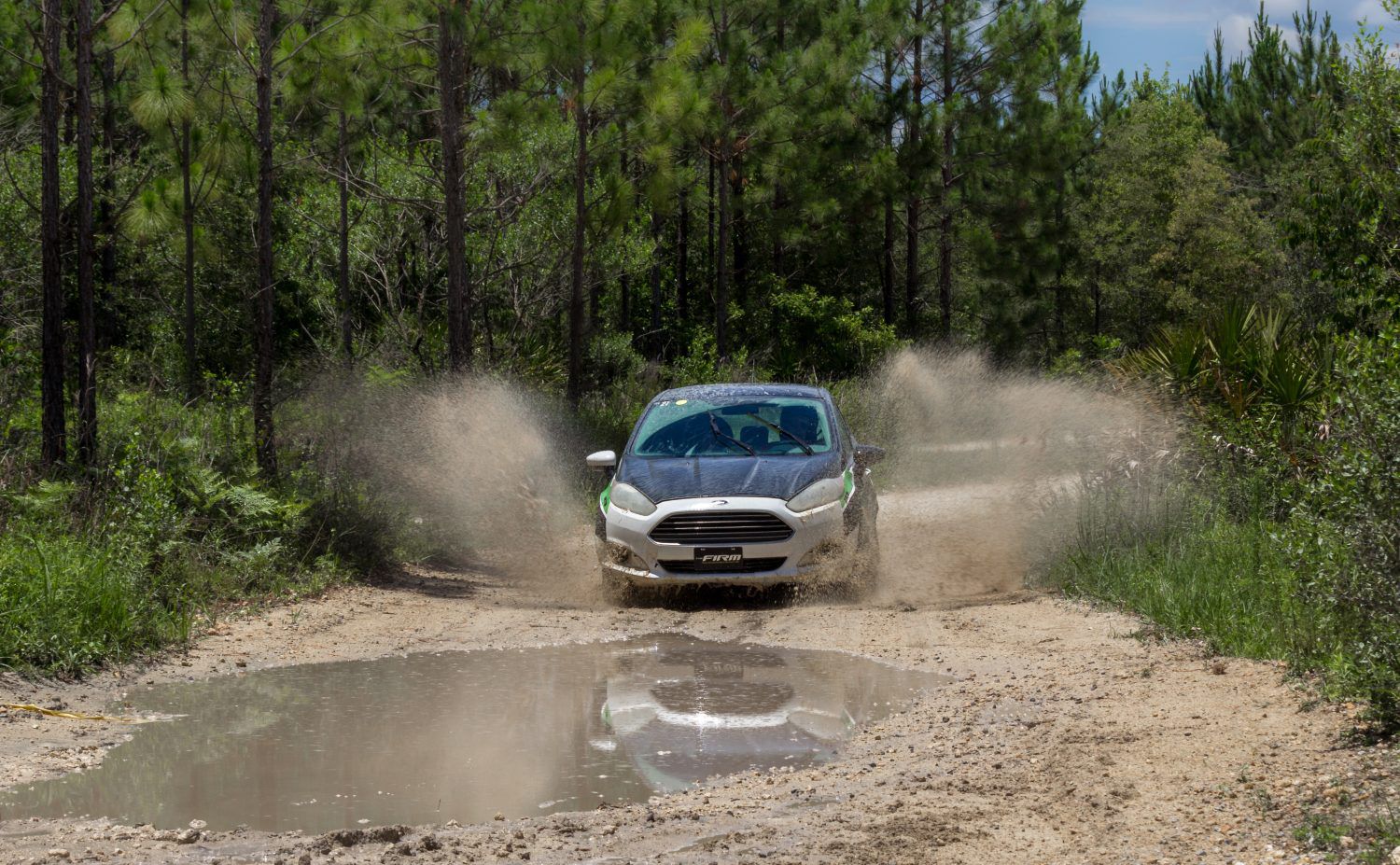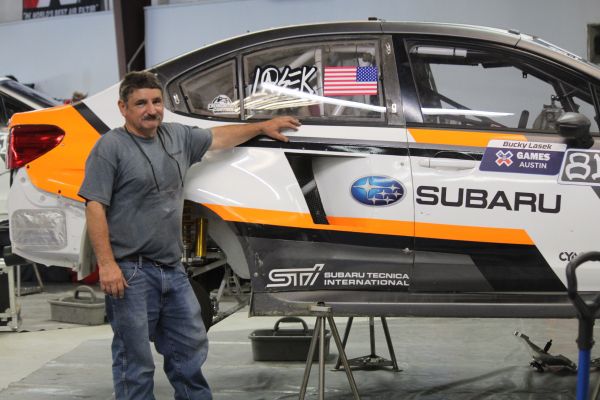Memorial Day to Labor Day, call for SPECIAL DISCOUNTED RATES
What is Rally?

Think stunt driving scenes – a high-speed chase starts on the road, drivers dodge obstacles and may skirt off-road through tree lined paths only to zip back across pavement. The winner is the most skilled driver who gets away without crashing! Now you get the highly technical driving skills required for rally. Rally is diverse. Races can be on public roads only (shut down for a race), happen exclusively off-road or span both as in the stunt-driving scenario above.
Rally Racing is almost always “against the clock”. Entrants compete to see who can complete the stage the quickest, and a race can either be a single-day event, or a multiple-day event that tests both driver skill and endurance.
This is why Rally drivers are some of the most versatile drivers in the world of motorsports. They have to navigate tight spaces and different road surfaces, with razor sharp reflexes to adapt to rapidly changing driving conditions. Rally courses are chosen or designed for their technical challenges, with inclines, declines, tight turns and even jumps. It’s fast. It’s technical. It’s fun!
Rally Events
Rally events can either be a single day event, or will often span several days or “legs” to test a driver’s endurance. Entrants compete to see who can complete the timed obstacle course or “stage” the quickest. The challenge of the course pushes drivers to the edge of their ability to react quickly under pressure, at high speeds, and manage total car control as their vehicles dramatically shift weight across different surfaces. It’s not for the faint of heart!
Over the course of a race, a rally driver may navigate 1000+ corners on the stages. For comparison, a road racer usually only has to deal with around 10 corners on a track – no matter how many laps they do.
This is exactly where the co-driver, or navigator, comes in. The co-driver rides with the driver for the entire race, and is responsible for keeping track of where the driver is during the race, and “calling out” upcoming corners, obstacles, and other objects. In this way, the driver can focus on what the car is doing – and the co-driver can prepare them for whatever is coming their way next.
How To Build A Rally Car
Rally car preparation is one of the most important aspects of rallying. When you first get started forget about horsepower. What you need to master is proper vehicle control. So the vehicle you start with needs a rigid body / chassis as a platform to build up your vehicle. Then when you install a roll cage, it will reinforce this rigid platform and become an integral part of the vehicles performance. Make sure to pick top brand suspension too! You don’t want that failing a few miles into the course.
Once you’ve learned car control after lots of instruction at RallyPro Performance Driving school, and a season of rallying, then you can increase horsepower. Remember, this is where a lot more can go wrong! Extra speed means extra stress on the car and your ability! Find more information about our rally driving courses here.

RallyPro Performance Driving School Curricula
What makes RallyPro instruction at The FIRM so special is our exclusive one-to-one instruction specifically customized in real time to meet your driving skills and learning goals. One-to-one instruction means more seat time, total commitment to your goals, and quicker results.
RallyPro offers beginner instruction in 2WD, and intermediate to expert instruction in our AWD fleet. Instructors are highly seasoned and technically skilled rally drivers. We put you in the driver’s seat, and teach you the required skills you’ll need to participate in the most challenging and diverse motorsport.
Our immersive learning curricula will help you master driving techniques. You will learn how to handbrake slide through tight turns, utilize left foot braking and acceleration, vision management, weight transfer and traction management, four wheel drifts and other car control techniques.
Come down to The FIRM today, and get started in the exciting world of rally racing!
